How we talk about mental health
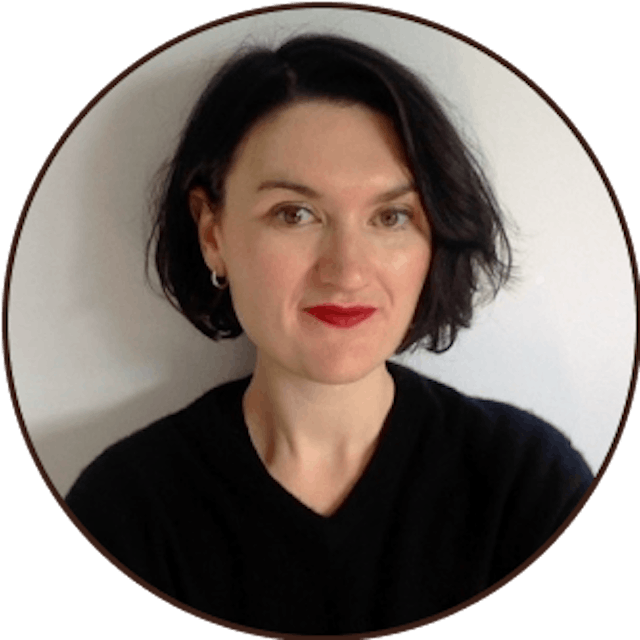
Dr. Jazz Croft
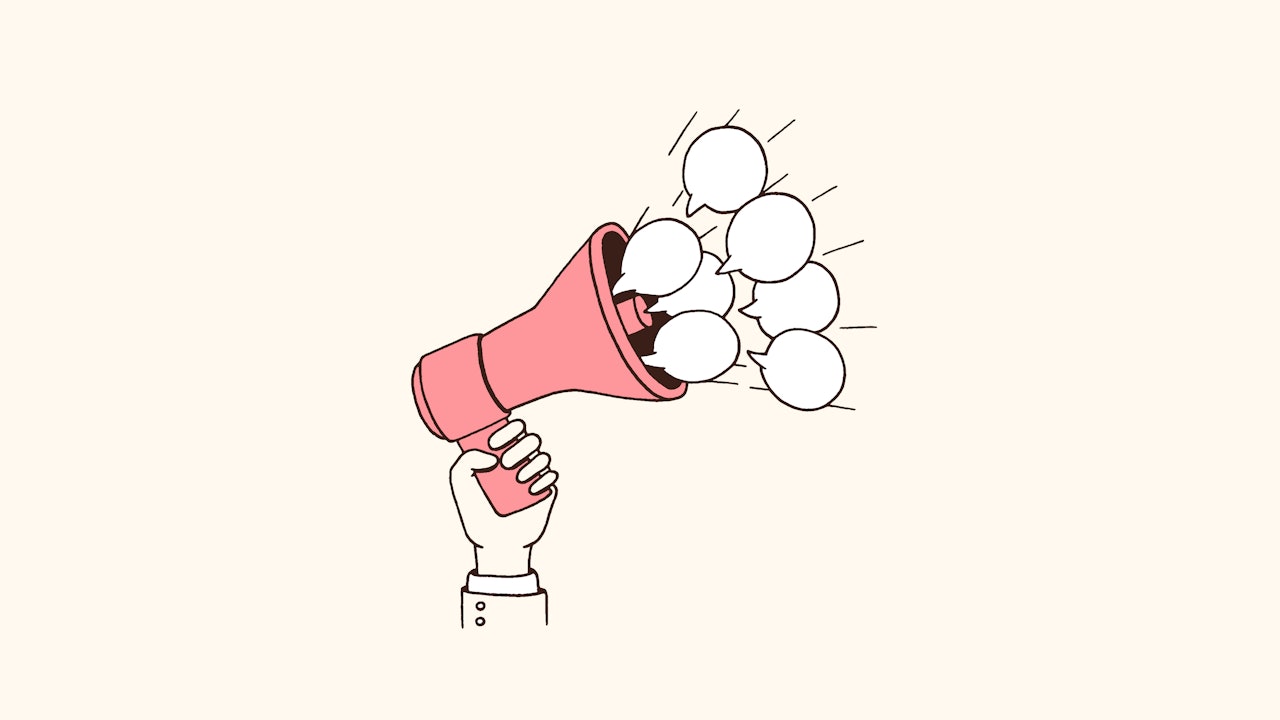
Content
- Who is this resource for?
- How we write
- We all have mental health. All of the time.
- Mental health is amazing.
- The visual portrayal of mental health
Just like our mental health, words and language are not fixed – they constantly evolve.
Across history, the topic of mental health has been stigmatised, medicalised, and often misunderstood. But (and here’s the good bit) modern society has made big leaps forward in recent years.
We’re proud to be part of this change. More than that, we see it as our job to spread the word that mental health is not a problem to fix. It is something we all have, all the time, and part of what makes life fascinating.
Who is this resource for?
This isn't about laying out a list of rules, or lecturing anyone on how to talk. It's about boosting awareness of the power of language, and how we can work together to change the way the world sees mental health.
✅ For organizations
Research shows over half of employees aren’t comfortable talking about their mental health at work. By creating more open, inclusive work environments, we can change this.
✅ For individuals
Words shape the way we see the world. Language is a powerful tool we can use to understand ourselves better and help others, too.
✅ For media
The press has real power. Make it positive. Using empathetic and human-centered language will set the trend for how we talk about mental health in wider culture.
How we write
Using the right language matters
As our attitudes to mental health change over time, so does the language we use to describe it. Incorrect or outdated terms can feed misinformation and supercharge stigma.
It’s why using the right words, and up-to-date info, is vital.
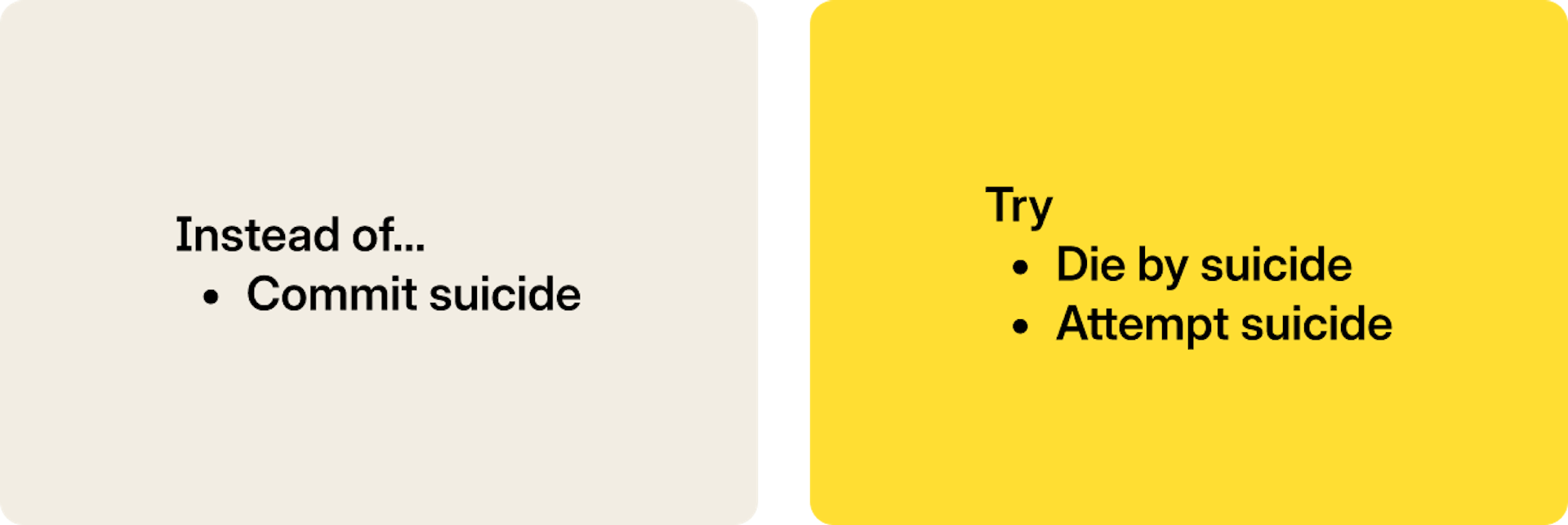
We all have mental health. All of the time.
That’s why we use people-centred language. We focus on individuals and experiences, not the illness or condition they might be experiencing.
We also avoid the term ‘normal’. Why? Because there’s no such thing!
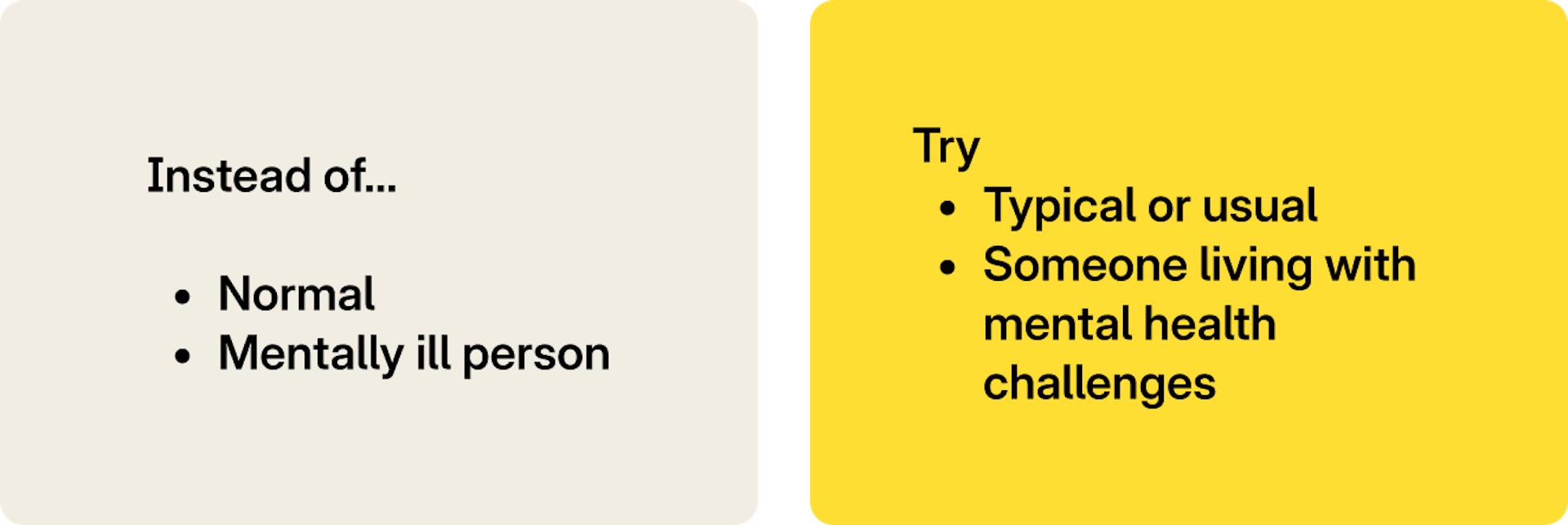
Mental health is amazing.
Of course it’s important to be aware of these things, but mental health is so much more than diagnosable conditions.
If we talked about mental health more positively, maybe we’d link it to things like creativity, fun and relationships.
Maybe we’d talk about the benefits of self-care and not just the drawbacks of not making time for it.
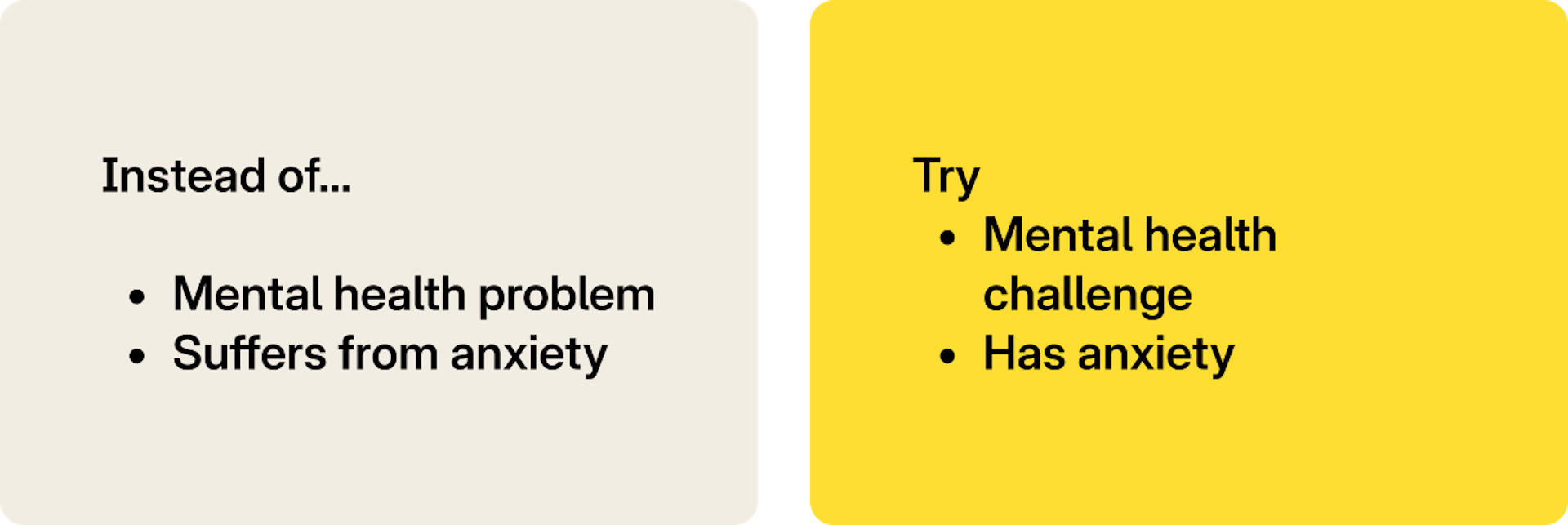
The visual portrayal of mental health
Image matters. And the visuals we use alongside our words can shape the narrative just as much.
Bin the binaries
Mental health imagery is often extreme. We often see a picture of medication or of someone with their head in their hands. On the flip side, pictures of good mental health show beaming smiles, someone running through a field, or enjoying a spot of meditation.
Mental health as a kaleidoscope
We’re often pushed to think of mental health as a binary: good or bad, happy or sad. At Unmind, we see mental health as a kaleidoscope of colours. It’s something we all have – whether thriving or surviving – and it’s ever-changing. We use imagery to show the full spectrum of mental health.
About the Author
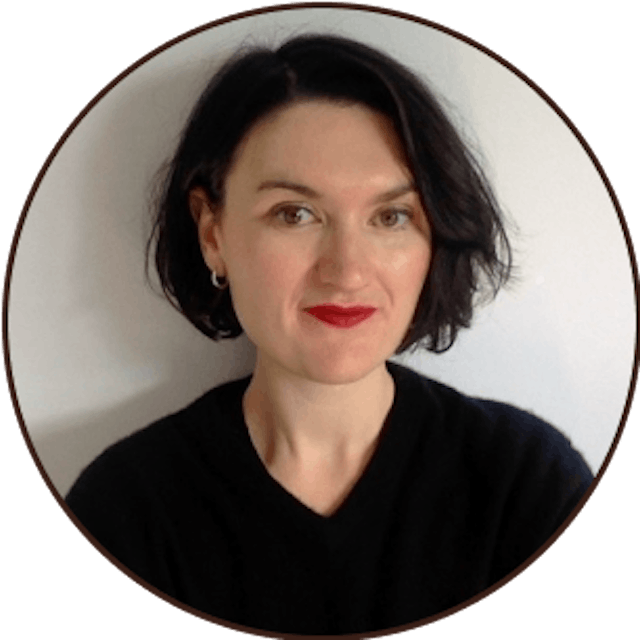
Dr. Jazz Croft, Senior Scientific Liaison
About the Author
